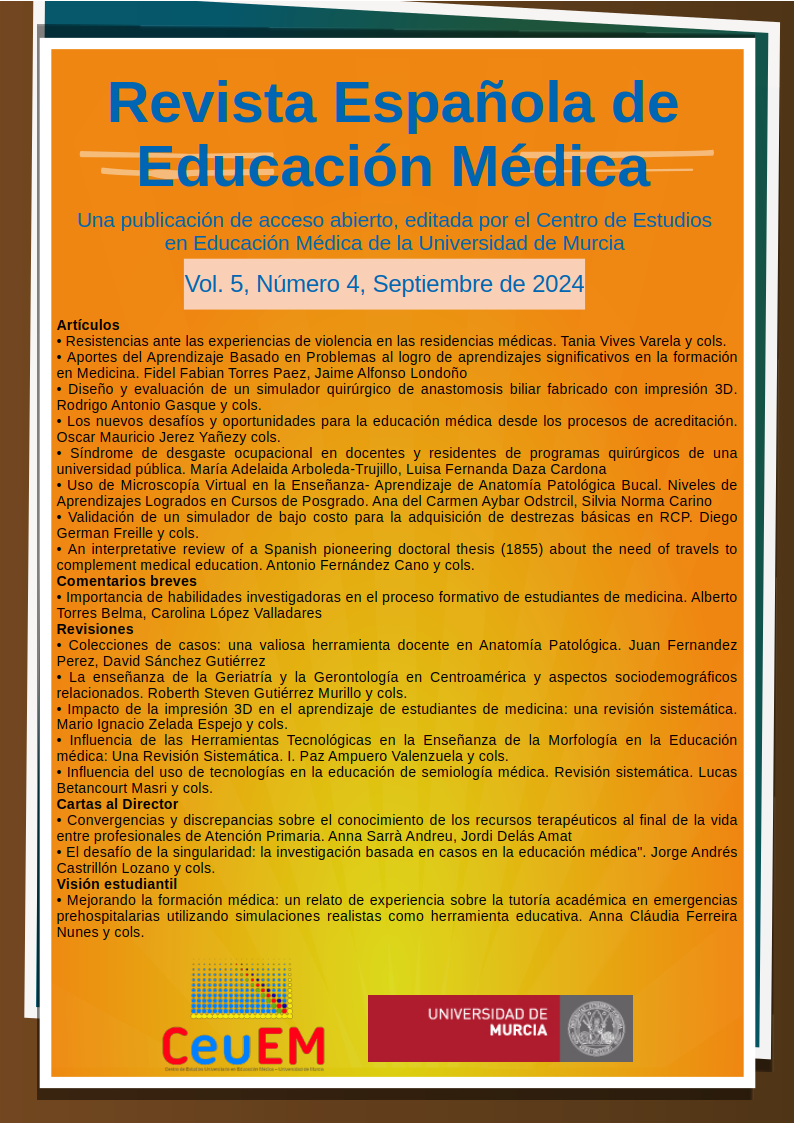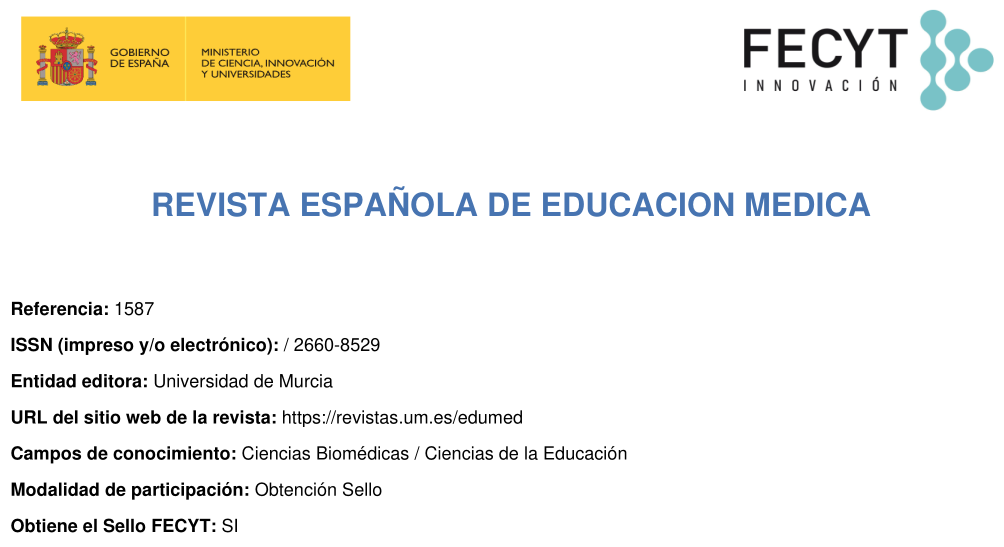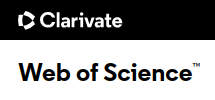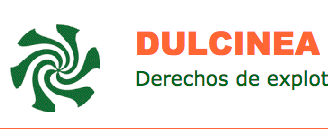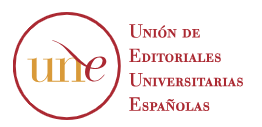Influence of the use of new technologies in medical semiology education. Systematic review.
Abstract
Introduction: The digital age has influenced the educational landscape by providing tools that enhance both learning and teaching. These technologies enhance the teaching of medical semiotics by offering detailed simulations and interactive visualizations of medical conditions, and by enabling virtual clinical practices that are fundamental to medical education.
Objective: To explore the impact of emerging technologies on the teaching of semiotics within medical schools worldwide.
Materials and Methods: Systematic review of the literature using the PRISMA protocol in the Web Of Science and SCOPUS databases. Peer-reviewed articles published between 2020-2024, in Spanish and English, were considered. A review and synthesis of the findings were conducted based on inclusion and exclusion criteria.
Results: Thirteen articles were reviewed and synthesized, which were divided into three categories: i) Improvement in Academic Performance and Clinical Skills; ii) Student Satisfaction, Motivation, and Engagement; and iii) Impact on Learning Continuity and Flexibility. The categories "Improvement in Academic Performance and Clinical Skills" and "Impact on Learning Continuity and Flexibility" were identified as the most significant, with findings indicating positive influences in both areas, such as a notable increase in theoretical knowledge acquisition and an enhanced positive perception of the pedagogical utility and realism of the technological tools used.
Conclusion: The use of technologies shows a promising and positive influence on the teaching-learning process of medical semiotics.
Downloads
Metrics
-
Abstract745
-
pdf (Español (España))420
-
pdf420
References
Goic, A., Chamorro, G., & Reyes, H. Semiología Médica, 4ª ed.; Editorial Mediterráneo: Chile, 1987, 1-972. 2. Argente, H. A., & Álvarez, M. E. Semiología médica fisiopatología, semiotecnia y propedéutica : enseñanza basada en el paciente,1ª ed.; Editorial Médica Panamericana: España, 2005, 1-832.
González, A., Vargas, B., González, V., Reyes, I., & Sarfatis, A. Módulos interactivos en línea de semiología médica: Una herramienta para estandarizar el aprendizaje clínico. Rev Med Chile, 2016, 144(12), 1605-1611. https://dx.doi.org/10.4067/S0034-9887201600120001. 4. Han, E. R., Yeo, S., Kim, M. J., Lee, Y. H., Park, K. H., & Roh, H. Medical education trends for future physicians in the era of advanced technology and artificial intelligence: an integrative review. BMC medical education, 2019, 19(1), 460. https://doi.org/10.1186/s12909-019-1891-53 5. González-Flores, Patricia, & Luna de la Luz, Verónica. La transformación de la educación médica en el último siglo: innovaciones curriculares y didácticas (parte 1). Inves educ med, 2019, 8(30), 95-109. https://doi.org/10.22201/facmed.20075057e.2019.30.18165
Rudolphi-Solero, T., Jimenez-Zayas, A., Lorenzo-Alvarez, R., Domínguez-Pinos, D., Ruiz-Gomez, M. J., & Sendra-Portero, F. A team-based competition for undergraduate medical students to learn radiology within the virtual world Second Life. Insights into Imaging, 2021, 12(1), 89. https://doi.org/10.1186/s13244-021-01032-3
Clément, A., Delage, R., Chollier, M., et al. Prospective study on a fast-track training in psychiatry for medical students: The psychiatric hat game. BMC Medical Education, 2020, 20(1), 373. https://doi.org/10.1186/s12909-020-02304-0
Zeidan, S., Baltaze, S., Garcin, B., de Liège, A., Doridam, J., Josse, L., & Degos, B. The "Neurospeed" game: A fun tool to learn the neurological semiology. BMC Medical Education, 2022, 22(1), 224. https://doi.org/10.1186/s12909-022-03316-8
Mastour, H., Emadzadeh, A., Hamidi Haji Abadi, O., & Niroumand, S. Are students performing the same in E-learning and In-person education? An introspective look at learning environments from an Iranian medical school standpoint. BMC Medical Education, 2023, 23(1), 209. https://doi.org/10.1186/s12909-023-04159-7
Zamberg, I., Schiffer, E., & Stoermann-Chopard, C. Novice and advanced learners' satisfaction and perceptions of an e-learning renal semiology module during the COVID-19 pandemic: Mixed methods study. JMIR Medical Education, 2021, 7(2), e29216. https://doi.org/10.2196/29216
Claß, S., von Wrede, R., Baumgartner, T., & Surges, R. A blended learning approach for clinical epileptology: Implementing an inverted classroom concept into the epileptology portion of the practical course on neurology for medical students. Clínica Epileptol, 2023, 36. https://doi.org/10.1007/s10309-023-00628-7
Jadue, M., Munitiz, P., Torres, L.-M., Blacutt, M., Rivera, S. A., & Reyes, E.-P. (2023). Comparison of achievement in anamnesis skills in on-site and online formative Objective Structured Clinical Exam. Salud, Ciencia y Tecnología - Serie de Conferencias. https://conferencias.saludcyt.ar/index.php/sctconf/article/view/427
Birca, V., Keezer, M. R., Chamelian, L., Lortie, A., Nguyen, D. K. (2021). Recognition of psychogenic versus epileptic seizures based on videos. Canadian Journal of Neurological Sciences. Advance online publication. https://doi.org/10.1017/cjn.2021.143
Corrêa, D., Silva, Bo., Camilo, Gustavo., Toledo, Gc., Maciel, Sm., & Bastos, Mg. Early incorporation of ultrasound into the medical curriculum through its association with human anatomy. Journal of Medical Science, 2022, 39, 77-80. https://doi.org/10.51929/jms.39.77.2022
Paternain Nuin, A., Malmierca Ordoqui, P., Igual Rouilleault, A. C., Soriano Aguadero, I., & Pueyo Villoslada, J. C. Practical ultrasound workshops to teach medical students basic concepts of ultrasound semiology. Radiología (English Edition), 2020, 62(4), 306-312. https://doi.org/10.1016/j.rx.2019.12.003
Dupuy, L., Micoulaud-Franchi, J. A., Cassoudesalle, H., Ballot, O., Dehail, P., Aouizerate, B., Cuny, E., de Sevin, E., & Philip, P. Evaluation of a virtual agent to train medical students conducting psychiatric interviews for diagnosing major depressive disorders. Journal of Affective Disorders, 2020, 263, 1-8. https://doi.org/10.1016/j.jad.2019.11.117
Guinez-Molinos, S., Gonzalez Díaz, J., Gomar Sancho, C., Espinoza, P., & Constenla, G. A web platform (MOSAICO) to design, perform, and assess collaborative clinical scenarios for medical students: Viewpoint. JMIR Medical Education, 2021, 7(1), e23370. https://doi.org/10.2196/23370
Contreras, R., Eguia, L. (2017). Experiencias de gamificación en aulas. InCom-UAB Publicacions, 15. Institut de la Comunicació, Universitat Autònoma de Barcelona. ISBN 978-84-944171-6-0
Rudolphi-Solero, T., Lorenzo-Álvarez, R., Domínguez-Pinos, D., Ruiz-Gómez, M. J., & Sendra-Portero, F. An Interuniversity Competition for Medical Students to Learn Radiology in the Second Life Metaverse. Journal of the American College of Radiology, 2023, 21(5), 812-821. https://doi.org/10.1016/j.jacr.2023.09.012
Copyright (c) 2024 Servicio de Publicaciones de la Universidad de Murcia

This work is licensed under a Creative Commons Attribution-NonCommercial-NoDerivatives 4.0 International License.
The works published in this magazine are subject to the following terms:
1. The Publications Service of the University of Murcia (the publisher) preserves the economic rights (copyright) of the published works and favors and allows them to be reused under the use license indicated in point 2.
2. The works are published under a Creative Commons Attribution-NonCommercial-NoDerivative 4.0 license.
3. Self-archiving conditions. Authors are allowed and encouraged to disseminate electronically the pre-print versions (version before being evaluated and sent to the journal) and / or post-print (version evaluated and accepted for publication) of their works before publication , since it favors its circulation and earlier diffusion and with it a possible increase in its citation and reach among the academic community.

